A classical approach to the modeling of quantum mass(2)
2014 Spring World Congress on Engineering and Technology (SCET 2014)——This work focused on one question: Where does the rest mass of a particle come from? In modern physics, a particle is regarded as the quantum excitation of a field. Then, how can a particle have a rest mass? According to the Standard Model, a particle acquires mass through its interaction with a hypothetical Higgs field. The rest mass is essentially identified from the Klein- Gordon equation of a free particle (through its associated Lagrangian density). It was reported recently that a key feature of this theory (i.e., prediction of Higgs boson) is supported by experiments conducted at LHC. Nevertheless, there are still many questions about the Higgs model. Particularly, the physical meaning of the rest mass m based on the Higgs mechanism would be intrinsically different from energy E or momentum p. This does not seem to be very satisfactory. In this paper, we would like to explore a different approach based on more classical concepts. We think mass should be treated on the same footing as momentum and energy, and the definition of mass should be strictly based on its association with the momentum. By postulating that all particles in nature (including fermions and bosons) are excitation waves of the vacuum medium, we propose a simple wave equation for a free particle. We find that the rest mass of the particle is associated with a “transverse wave number”, and the Klein-Gordon equation can be derived from the general wave equation if one considers only the longitudinal component of the excitation wave. Implications of this model and its comparison with the Higgs model are discussed in this work.
关键词: 粒子静止质量 希格斯场 自由粒子 量子质量 激发波长 2014 Spring World Congress on Engineering and Technology (SCET 2014)
主讲人:Prof. Donald C. Chang 机构:Hong Kong University of Science and Technology, China
时长:0:17:04 年代:2014年
热点排行
- 1 英语学习策略(1)
- 2 《图书馆与信息服务营销》先导片
- 3 古兽重现
- 4 Excel实战技巧精粹
- 5 在路上
- 6 恐龙绝灭与生态危机(1)
- 7 生物医学图像处理——绪言(1)
- 8 28号的青春




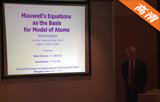

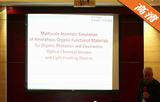
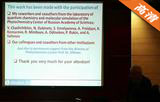
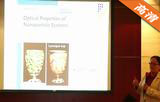
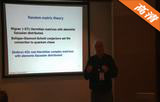
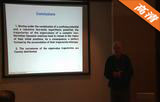
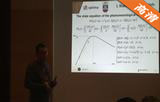

 京公网安备11010802020237号 |
京公网安备11010802020237号 |